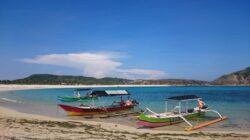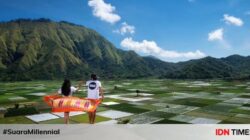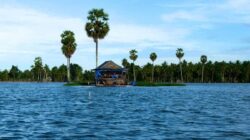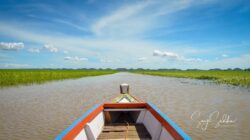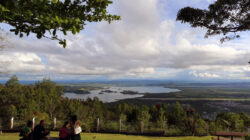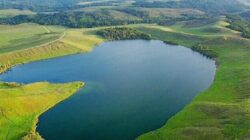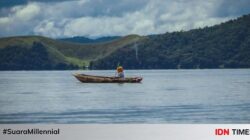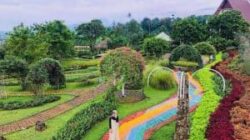What is Koteka?
Our archipelago is indeed very famous for its diversity. As you know, according to the 2010 BPS census data, Indonesia has more than 1,340 ethnic groups, each of which has its own characteristics.
Different ethnic groups mean different traditional clothes, customs, houses and languages. Unfortunately, currently only a few regions or islands are still strong in maintaining the cultural heritage and customs of their ancestors.
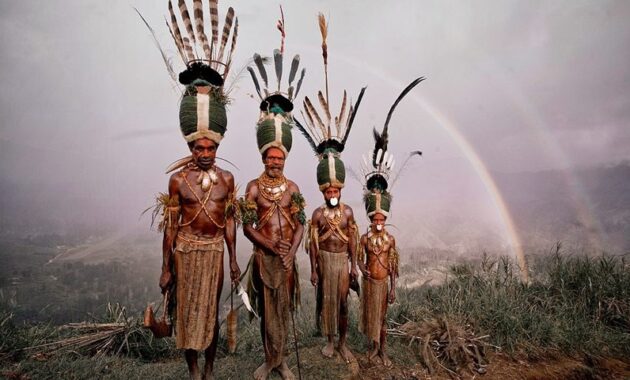
Papua is an area that is still very thick with its customs and culture. One of the Papuan customs or heritages that is still maintained today is the Koteka. For those of you who don’t know, the koteka is a traditional Papuan dress.
The function of the koteka itself is to cover the male genitalia which is a hereditary culture native to Papua Island. Koteka itself is made from water gourd skin or which has the scientific name Lagenaria Siceraria.
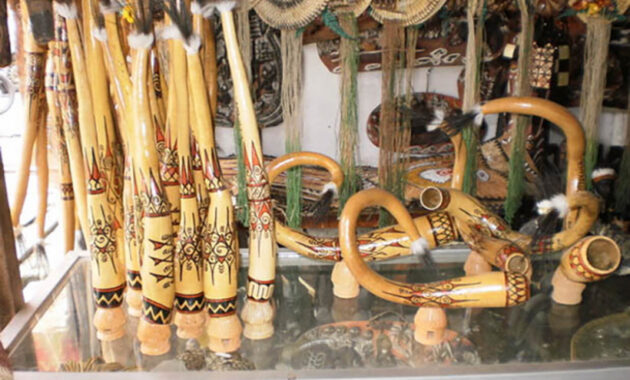
Unfortunately, at this time Koteka is getting less and less popular for everyday use. Only inland tribes still maintain the use of this traditional costume. Although it is rarely used in public, Koteka is still traded as souvenirs or souvenirs.
Currently, the traditional clothing of the Papua Islands is not only made of pumpkin, but has been replaced by other materials made of bark to cover the genitals.
Now Koteka is only used during the Baliem Valley Cultural Festival. This attraction or festival is targeted by many tourists. The uniqueness of this traditional event is one of the attractions why many tourists like to watch this Baliem Valley Cultural Festival.
The Origin of Koteka
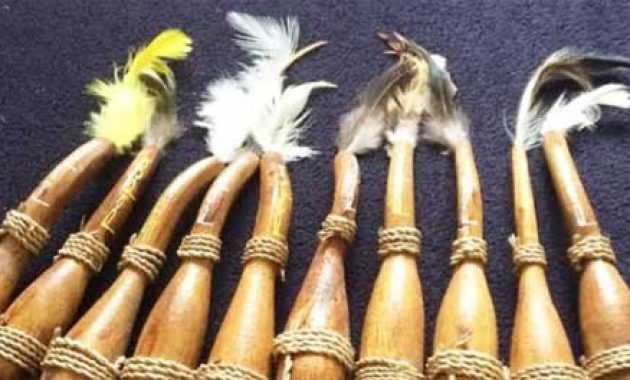
Koteka was first used by the Dani tribe in the Baliem Valley. The material for making this koteka uses pumpkin. Pumpkin plants themselves are planted on plantation land or honai yards. Interestingly, only men are only allowed to plant, care for and harvest this pumpkin.
This pumpkin plant is an organic plant, because it is allowed to propagate on a wooden backrest that rises up to three meters high. How to make koteka is quite easy, namely by cutting an old pumpkin and then cutting off the end.
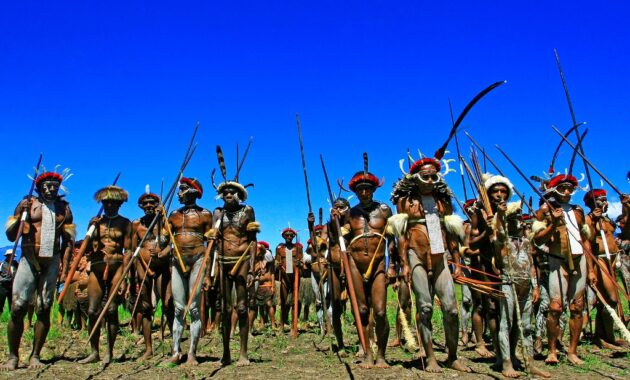
To make it easier to remove the contents, usually the pumpkin is burned first in the fireplace. Then the pumpkin that has been cleaned of its contents is then dried on the fireplace again.
The ends of the dried pumpkin are hollowed out using cuscus or sharp pork bones. The hole will be used for fastening the belt. After equipped with a belt and given a little decoration then this koteka can be used.
The size and shape of the koteka is not related to the status of the wearer. Usually the size of the Koteka is related to the activity of the wearer, whether it is a ceremony or work. Each tribe has its own way of using the koteka.
Traditionally, several tribes who still wear the koteka as daily clothing include the Lani Tribe, Dani Tribe, Yali Tribe, Amungme Tribe and Mee Tribe. The Dani tribe which is one of the tribes in the Jayawijaya Mountains calls the Koteka as holim or horim, while the Mee tribe calls it Bobbee and Sanok as the Amungme Tribe.
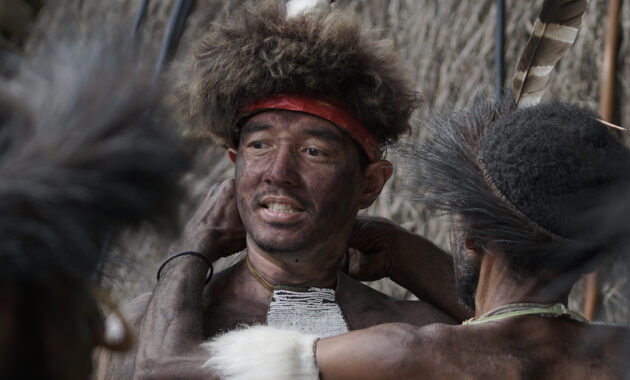
The Yali people usually like the long koteka. While the Tiom people usually wear two pumpkins. The characteristics of the Koteka used for work are short in size. As for traditional ceremonies, the size of the kotek is long plus other decorations.
It is different with the Marind Tribe, if Wamena use pumpkin for their koteka, they prefer to use coconut shells as a covering for their genitals. This is because in coastal areas it is quite difficult to find pumpkins.
The Wamena Mountains are also one of the areas where you can find local people still using the koteka. Tourists who visit this area and want to take pictures with its users must pay several tens of thousands of rupiah in advance.
Symbol of Maturity
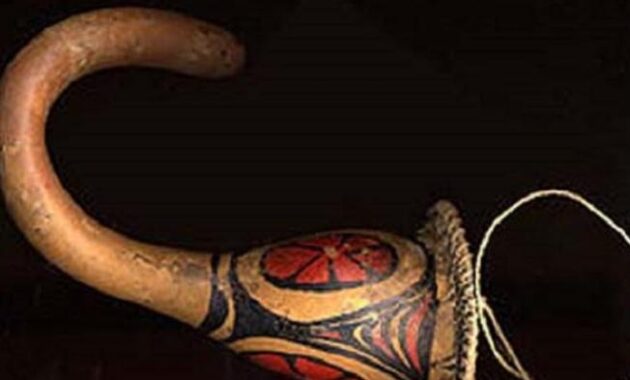
For some people, the shape of the Koteka may look unique but not a few are also reluctant to wear it. However, please note that Koteka is one of the symbols of adult male maturity in Papua, you know.
The word koteka itself is actually taken from the word Ekari or Ekagi which is taken from the language of the Paniani tribe referring to or meaning as a dress. In Papuan custom, the koteka is used by Papuan men as a covering for the genitals which is also a symbol of maturity.
In addition to functioning as a genital covering tool and a symbol of maturity, it turns out that Koteka still has other benefits, you know, that is, it is useful as a place to save money for the wearer. Usually the wearers coat their genitals using leaves, then the money is placed in the remaining space in the koteka.
Origin Marker
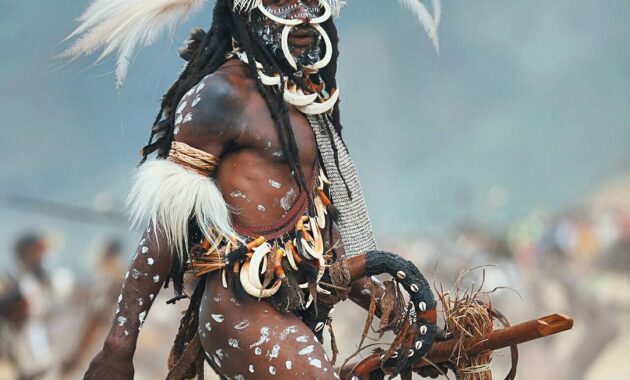
According to indigenous Papuans, the koteka is not just a traditional dress but more than that. Koteka has a deeper meaning, one of which is as a marker of the ethnic origin of the wearer.
This is because each inland tribe in Papua has its own way and form of using the koteka. Each tribe has a characteristic kotekanya, so it will not be found in other tribes.
In addition to functioning as a marker of ethnic origin, koteka also acts as an activity identifier of the wearer. Different activities, of course, the shape of the koteka is also different, so we can recognize the activity only from the shape of the koteka.
Papuan Souvenirs
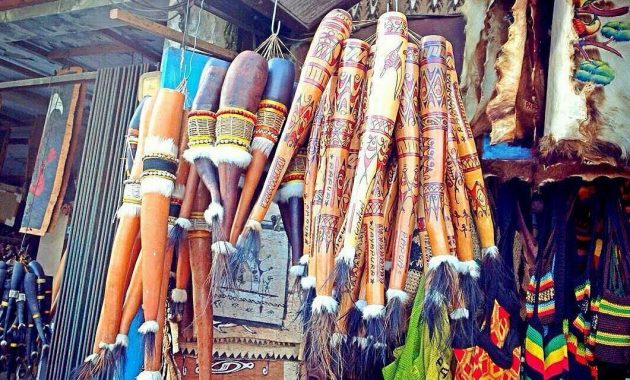
It is undeniable that nowadays the koteka is rarely found and used by Papuans. Over time, the clothes used by the Papuan people have referred to modern clothes like in other islands or cities.
Even though it is threatened with extinction, Koteka can still be found in Papua and is even used as a souvenir or souvenir. Koteka that are used as souvenirs are usually replicas. Don’t get me wrong, there are quite a lot of fans of this koteka souvenir, especially foreign tourists or tourists.
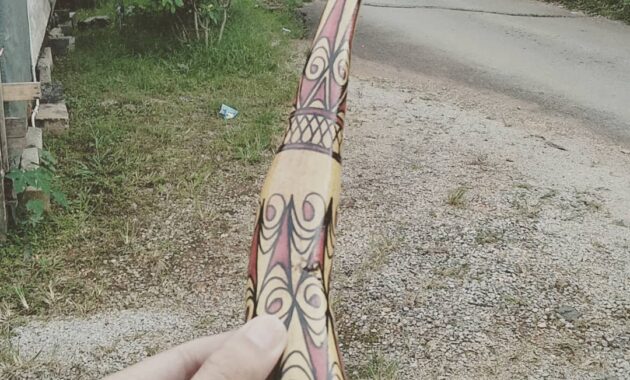
For those of you who are interested in making a koteka as a souvenir when visiting the Papua Islands, prepare pockets ranging from tens to hundreds of thousands depending on the model and size. You can use this koteka as a wall decoration so that you can treat your longing for Papua and make the room look more aesthetic.
If you like something unique, it seems that making the koteka as one of the typical Papuan souvenirs is the right decision. You can collect various types and shapes of koteka from different tribes.
Papua is part of Eastern Indonesia which has a lot of local cultural wisdom and is also famous for its natural beauty which is very interesting to visit. Both mountains, land and seas in the Land of East Indonesia seem to never be bored to explore.
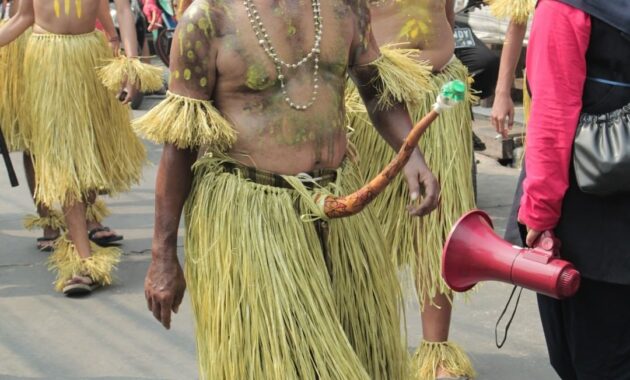
Some of the leading tourist destinations in Papua and often visited by both domestic and foreign tourists include Raja Ampat, Biak Island, Sentani Lake, Lorentz National Park, Baliem Valley and many others.
The exoticism of the land of Papua does have its own privileges so that it deserves to be one of the favorite destinations in Indonesia. Before watching traditions or shopping for koteka souvenirs, it’s a good idea to start your visit to Papua by traveling to the cool places above.
What are you waiting for? Hurry up and arrange your visit to Papua with your family, friends or partner! Carve out exciting vacation moments and experiences by touching a hidden paradise in Eastern Indonesia.
Note: All data above is the latest data at the time this article was written. If there is a recent change that you notice, please inform us so that it can be fixed immediately.
For those of you who are business owners and want to be included in the article above, please fill in the comments column. Complete with information: Address, Phone Number, WhatsApp and other supporting information.

